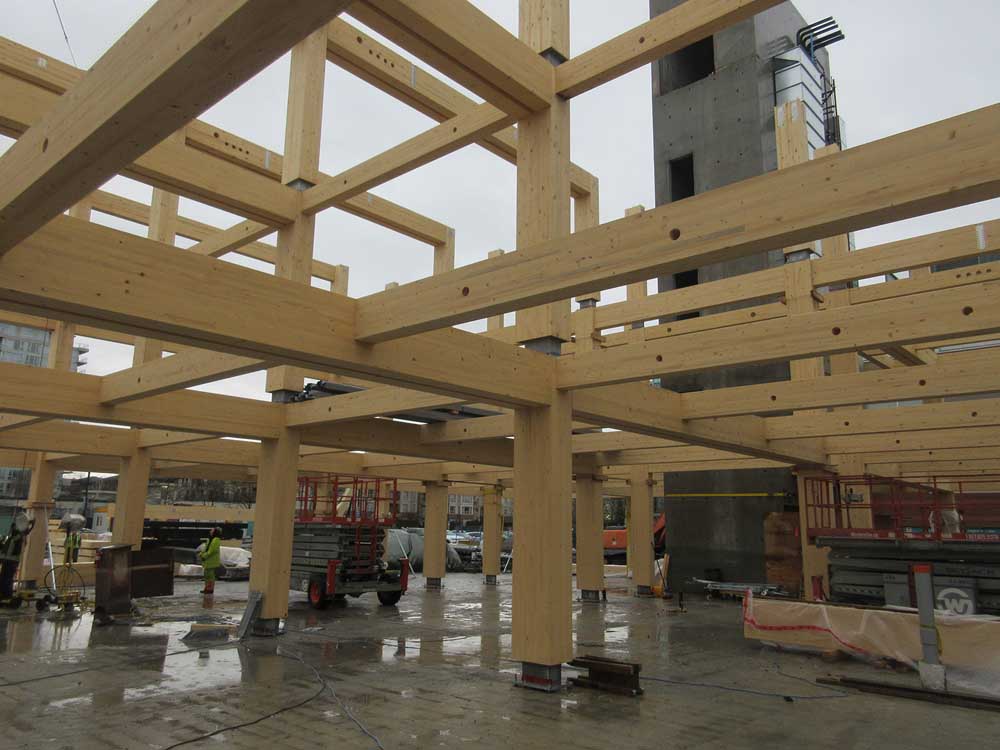Central Oregon builders bullish on industry
Published 5:00 am Thursday, March 12, 2020

- BIZ-REAL-TIMBER-MCT
The future looks bright for Central Oregon builders, who will have to embrace technology and higher density development, according to a panel of builders.
With the influx of in-migration occurring in Bend, and a population forecast of 120,000 people by 2028, the need for housing is critical to maintain growth, the panelists said at the Builder’s Perspective Breakfast sponsored by the Central Oregon Builders Association on Wednesday.
Even with COVID-19 circulating and flip-flops occuring in financial markets, the housing market will continue to maintain its current trajectory, said Chris Kincaid, Pahlisch Homes director of sales and marketing.
“During quarter four of 2018, there was uncertainty in the market, but it has since normalized,” Kincaid said. “We’ve seen a huge surge in the real estate market. Buyers have FOMO (fear of missing out).”
Buyers want to take advantage of the lowered lending rates, but the current inventory for existing home sales is small. According to the Beacon Report, a Central Oregon monthly summary of existing home sales, Bend had about 2 months worth of single-family homes for sale in December, which is the same as it was in the same period in 2015.
The future of building in Bend, will be smaller lots, higher density and a mix of housing products, said Gary North, R&H Construction vice president.
“I’ve been in business for 20 years, and I’ve never seen a backlog like today’s,” North said. “I’m seeing a strong economy for 2020.”
The best way to keep up with demand is to create a strong workforce locally, North said. At Central Oregon Community College, the pre-apprentice program is a good start at filling that gap. At one point the labor pool was so small in Central Oregon, it was cheaper to bring in crews from Portland.
“We need to do a good job of establishing career opportunities in the trades,” North said.
Mike Arnett, president of Lifestyle Homes, a custom homebuilder, said a trained work force of framers, plumbers and electricians will help meet the challenges ahead. Arnett builds six to eight custom homes a year.








